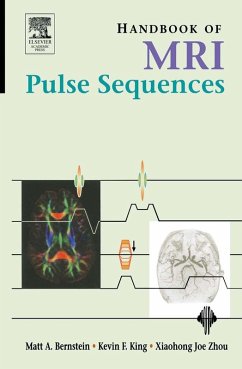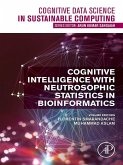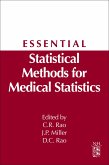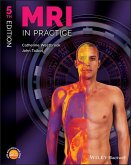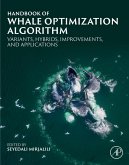Magnetic Resonance Imaging (MRI) is among the most important medical imaging techniques available today. There is an installed base of approximately 15,000 MRI scanners worldwide. Each of these scanners is capable of running many different "pulse sequences", which are governed by physics and engineering principles, and implemented by software programs that control the MRI hardware. To utilize an MRI scanner to the fullest extent, a conceptual understanding of its pulse sequences is crucial. Handbook of MRI Pulse Sequences offers a complete guide that can help the scientists, engineers, clinicians, and technologists in the field of MRI understand and better employ their scanner.
- Explains pulse sequences, their components, and the associated image reconstruction methods commonly used in MRI
- Provides self-contained sections for individual techniques
- Can be used as a quick reference guide or as a resource for deeper study
- Includes both non-mathematical and mathematical descriptions
- Contains numerous figures, tables, references, and worked example problems
Dieser Download kann aus rechtlichen Gründen nur mit Rechnungsadresse in A, B, BG, CY, CZ, D, DK, EW, E, FIN, F, GR, HR, H, IRL, I, LT, L, LR, M, NL, PL, P, R, S, SLO, SK ausgeliefert werden.

